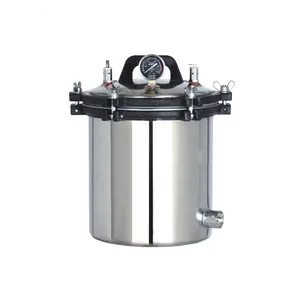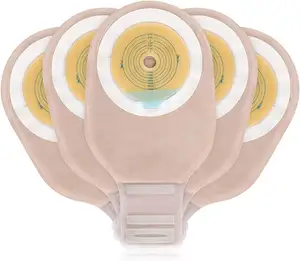Popular in your industry







































































Related Searches:



















































































































































Top categories
About plastic sterilization container
Understanding Plastic Sterilization Containers
Plastic sterilization containers are essential tools in various medical and scientific settings, designed to maintain the integrity of biological samples. These containers, often referred to as vacutainers, are integral in the collection and preservation of blood samples, ensuring they remain uncoagulated and stable for future analysis or use.
Types and Applications
The versatility of plastic sterilization containers is reflected in their diverse types, each identifiable by the color of its cap, signifying its purpose and contents. For instance, containers with light blue caps are pre-filled with sodium citrate for coagulation tests. Red or gold-capped containers contain substances that activate clotting, suitable for serology and immunology tests. Those capped in gray are prepared with sodium fluoride and oxalate ions, making them ideal for glucose, lactic acid, and blood alcohol level tests. Lavender or pink-capped containers, containing potassium EDTA, are frequently used in hematology, while green-capped tubes with heparin are utilized in routine chemistry tests.
Features and Materials
Constructed from durable plastic or glass, these containers feature a rubber stopper to create a vacuum, facilitating the seamless drawing of fluids and their subsequent preservation. The choice of material contributes to the container's ability to maintain sample integrity over time. The presence of various additives in these containers helps in stabilizing the samples for their intended analytical purposes.
Advantages of Using Sterilization Containers
The use of sterilization containers extends across numerous fields, from medical laboratories and blood banks to pharmaceutical applications. Their primary advantage lies in their ability to preserve biological samples in a pristine state, which is crucial for accurate testing and results. The color-coding system simplifies identification and minimizes the risk of sample contamination or mix-up.
Selecting the Right Container
When choosing the appropriate vacutainer tubes, it is essential to consider the specific requirements of the test and the nature of the sample. With a comprehensive selection available, professionals can select the most suitable container based on the required additives and intended use. The ease of selection ensures that the integrity of the sample is upheld from collection to analysis.
Conclusion
In conclusion, plastic blood collection tubes play a pivotal role in sample collection and preservation. Their design and functionality make them indispensable in ensuring the accuracy and reliability of various tests. While exploring the range of containers available, one can appreciate the meticulous consideration given to their development, ensuring they meet the diverse needs of the scientific and medical communities.




















